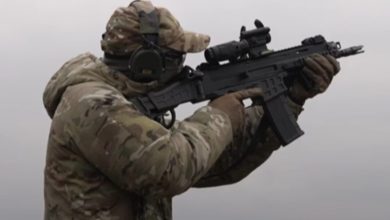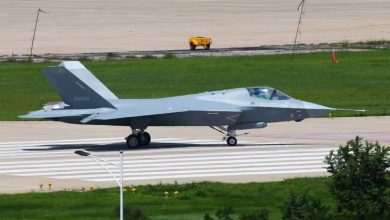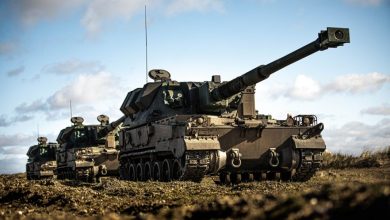Report: The United States may have delivered new nuclear bombs to Europe

The United States made a series of special flights to Europe with unknown cargo shortly after the start of mass production of the new B61-13 nuclear bomb.
OSInt researcher TheIntelFrog published observations of American aircraft flights.
Yesterday, April 14, two C-17 military transport aircraft of the US Air Force returned to Kirtland Air Force Base in New Mexico from flights to Europe. This military facility is a storage site for several types of weapons, including B61 free-fall nuclear bombs.
The fact that at least one of the C-17s (s/n AE4F12), number RCH4614, parked at pad 5, which is used for loading/unloading ammunition, partly suggests that special cargo was being transported. That is, the American aircraft could have delivered an unknown explosive cargo.
The planes were flying with their transponders turned on, making tracking their flight route possible. They operated under a 4-digit code name with the prefix RCH, which is assigned to flights with high priority.
Unidentified cargo to Europe
The first C-17 (s/n AE4F12) of the US Air Force, codenamed RCH4614, took off from Kirtland and landed at Kleine Brogel Air Base in Belgium on April 10. On the way, it refueled in flight from a KC-135 refueling aircraft.
On the same day, another USAF C-17 (s/n AE1239), codenamed RCH192, took off from Ramstein Air Base in Germany and landed in Kleine.
This airbase is used as a temporary deployment point for the 701st Ammunition Support Squadron of the US Air Force, whose main mission is to store B61 nuclear bombs.
On April 10, the first C-17 took off from Kleine to Ramstein. The next day, the second flight departed for Volkel Air Base in the Netherlands, which is the location of the 703rd Ammunition Support Squadron of the US Air Force and performs the same tasks.
Given the routes and specifics of the flights, it is highly likely that this was an operation to replace old B61 special munitions with their modernized counterparts at the US nuclear weapons storage facilities at Kleine and Volkel bases.
Indirectly, this operation is confirmed by the launch of serial production of a new generation of nuclear free-fall bombs B61-13, which was carried out ahead of schedule at the end of March.
The new nuclear bomb is a modification of the B61-7 special munition, which received improved fuses, as well as a new tail section that will allow aerodynamic rudders to adjust the point of impact at the moment of impact on the target.
The B61-13 is equipped with a variable yield nuclear explosive device that can be programmed for several detonation modes with yields ranging from 10 to 360 kilotons. This optionality allows for more flexibility using the same munition, minimizing collateral damage.





